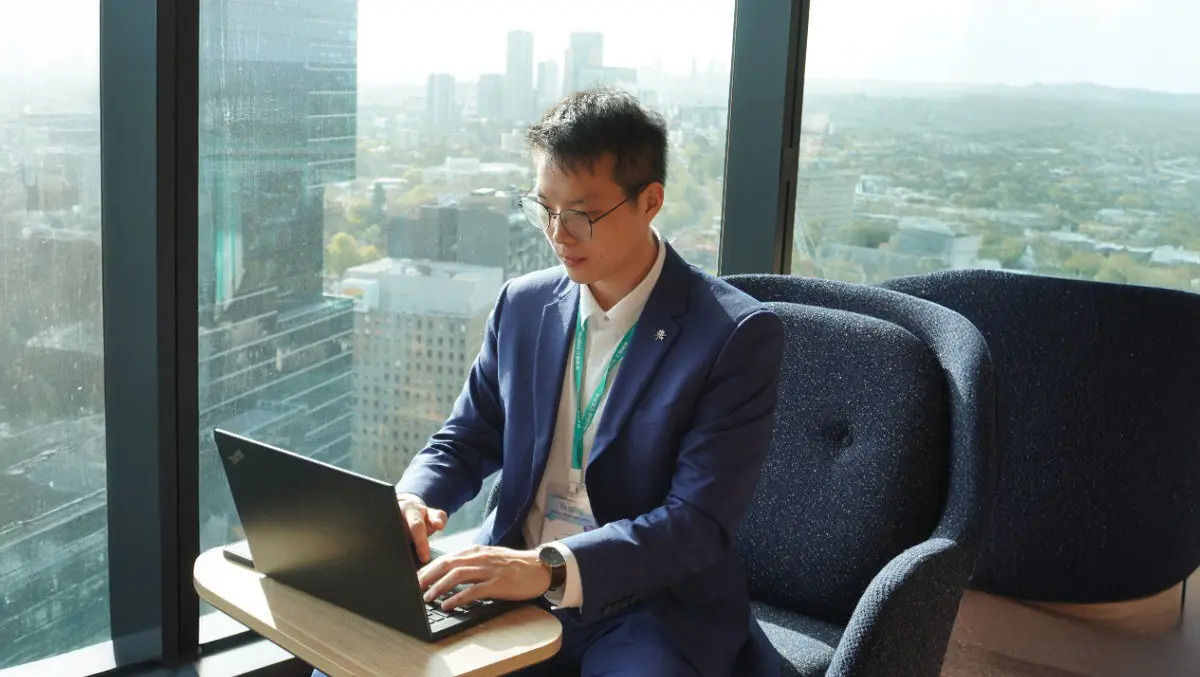The Overlooked Risk of Salty Drinking Water
Most Australians consume far too much sodium, primarily through salt in their diet. The recommended daily intake is no more than 2,000 milligrams of sodium (about one teaspoon of salt), yet the average intake is nearly double that. In remote and regional areas, salty drinking water exacerbates this issue, yet sodium levels in tap water are often ignored.
Health Risks of Excess Sodium
Excess sodium is a major risk factor for high blood pressure and cardiovascular diseases, such as heart attacks and stroke. Despite the World Health Organization (WHO) setting a global target to reduce sodium intake by 30% by 2025, efforts have focused on diet, not drinking water.
Global and Australian Guidelines
The WHO’s recommended threshold for sodium in water—200mg/L—is based on taste, not health. Australia’s guidelines mirror this, with a non-mandatory limit of 180mg/L. Drinking two litres of water at this concentration provides 360mg of sodium, nearly one-fifth of the daily maximum.
The Crisis in Walgett
In Walgett, a remote NSW town with a high Aboriginal population, bore water revealed sodium levels over 300mg/L. Despite temporary solutions, the town still lacks a long-term fix, forcing residents to choose between expensive bottled water and health risks.
Water Inequality and Health Disparities
Many remote towns, often with high Aboriginal populations, face similar issues. Indigenous Australians already suffer higher rates of high blood pressure, cardiovascular disease, and kidney disease—all worsened by excess sodium. Without enforceable health-based limits, these communities struggle to demand safer water.
A Call for Action
Safe drinking water is a human right. Australia needs health-based sodium limits in water, aligned with global standards, to protect vulnerable communities and meet UN sustainability goals.




Comments
Join Our Community
Sign up to share your thoughts, engage with others, and become part of our growing community.
No comments yet
Be the first to share your thoughts and start the conversation!